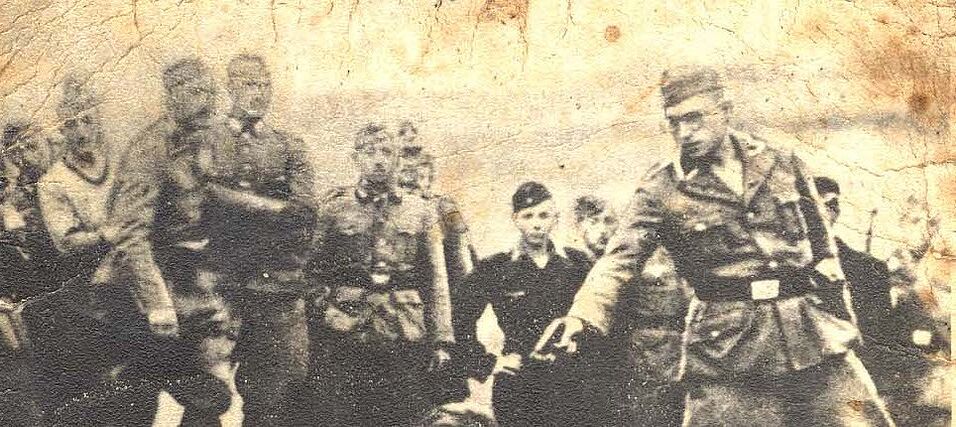Thursday, 25 March 2021, 12.00 pm
Online-Webinar! https://tinyurl.com/4b7zf65p
Mass executions across the Nazi-occupied Soviet Union marked the first stage of systematic annihilation during the Holocaust. The SS-Einsatzgruppen, mobile paramilitary units, murdered over a million and a half civilians, shooting them on the margins of cities and in pits in the hearts of forests and fields. This presentation will discuss the leadership styles practised by the Einsatzgruppen officers, particularly the social hierarchies in the units, and how they enhanced the members’ apparent willingness to perpetrate mass murder. Spotlighting three units, the Einsatzgruppen members’ postwar testimonies reveal that their officers followed the German military tradition of Auftragstaktik (mission command), by which the leadership required junior officers to set their immediate goals and promoted them based on proven results. Anticipating later promotion, Einsatzgruppen officers practiced a number of distinct leadership styles while initiating more executions, increasing followers’ compliance, and reaching faster killing rates.
Social hierarchies and operational structures added to the brutality of the Einsatzgruppen. Each unit comprised members of all the different institutions under the RSHA: the SD (SS intelligence), Gestapo (secret police), Kripo (criminal police), Waffen-SS (armed SS), drivers, cooks, and interpreters. These institutions determined the members’ age, experience, professionality, and job allocation, their levels of autonomy and agency, and their place in the unit’s hierarchy. Perpetrating executions, the men operated in small, mixed-background squads, of which the makeup changed frequently. Belonging to these groups demanded of the members that they prove their loyalty by adopting new standards of violence, while lessening their ability to defy orders. The interaction between military traditions, leadership styles, social hierarchies, and operational structures encouraged Einsatzgruppen members to engage in mass violence. Understanding how these factors facilitated genocide helps in the analysis of current paramilitary groups who engage in mass violence against civilians and contributes to the efforts to alleviate present conflicts or prevent future ones.
Maayan Armelin is a VWI junior fellow and a PhD candidate at the Strassler Center for Holocaust and Genocide Studies at Clark University. She earned a BA in History and Psychology and an MA in Social Psychology from the University of Haifa, where she worked at the Strochlitz Institute for Holocaust Research and on the editorial board of The Journal of Holocaust Research. Armelin has received fellowships from the Claims Conference (2014–2019), EHRI (2017–2018), and the Guggenheim Foundation (2020–2021) and presented her work at workshops and conferences in the fields of Holocaust history, genocide studies, and social psychology.
VWI goes to the Institute of Contemporary History of the University of Vienna
25.3. INTERAKTIONEN I Maayan Armelin: Leadership Styles and Social Relations in the SS-Einsatzgruppen

"The Last Jew of Vinnitsa", July 1941, a member of the Waffen-SS shoots a Jew at a mass grave in Vinnitsa, Ukraine. Yad Vashem Photo Archive, Jerusalem. 2626/4


